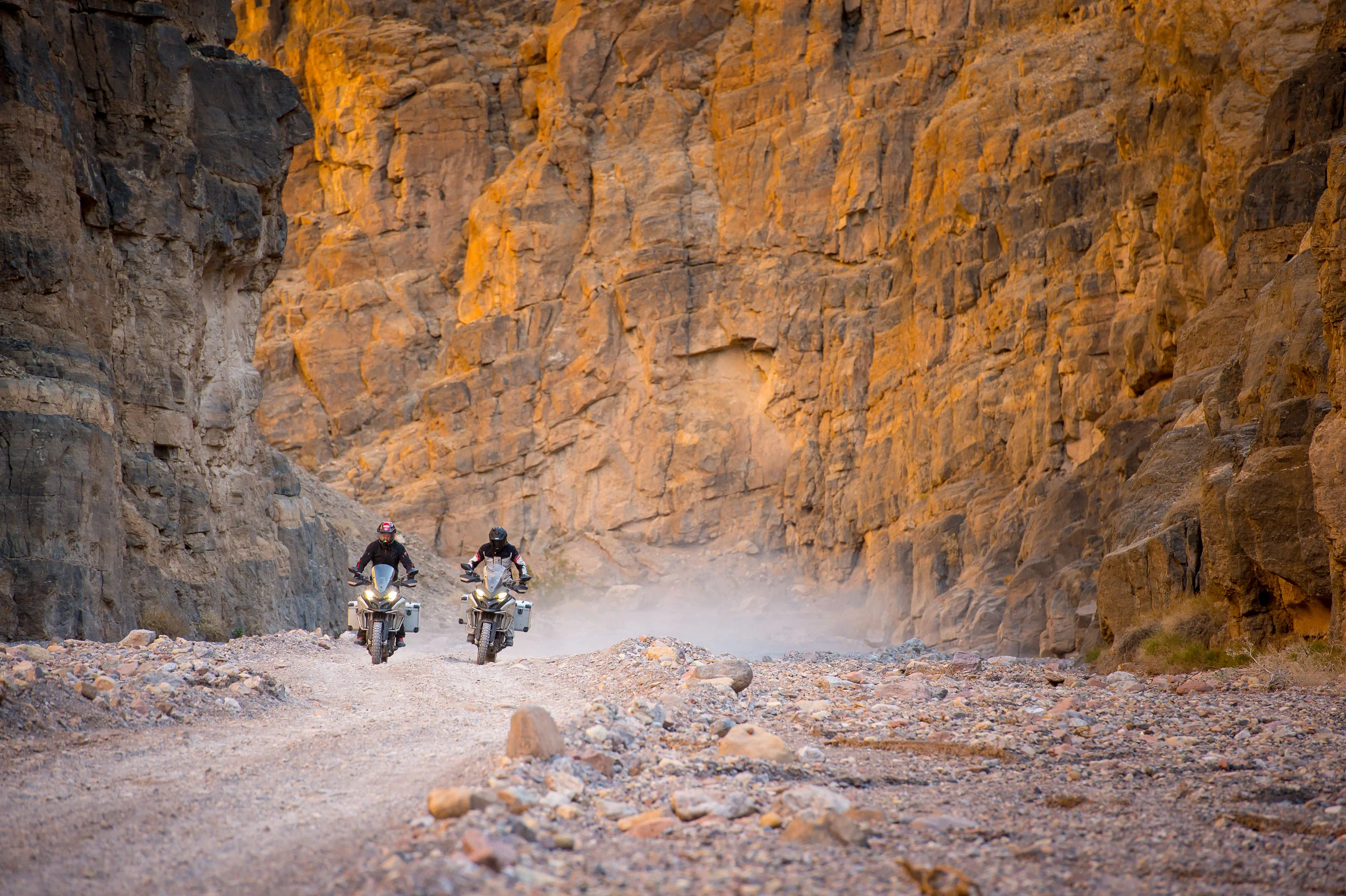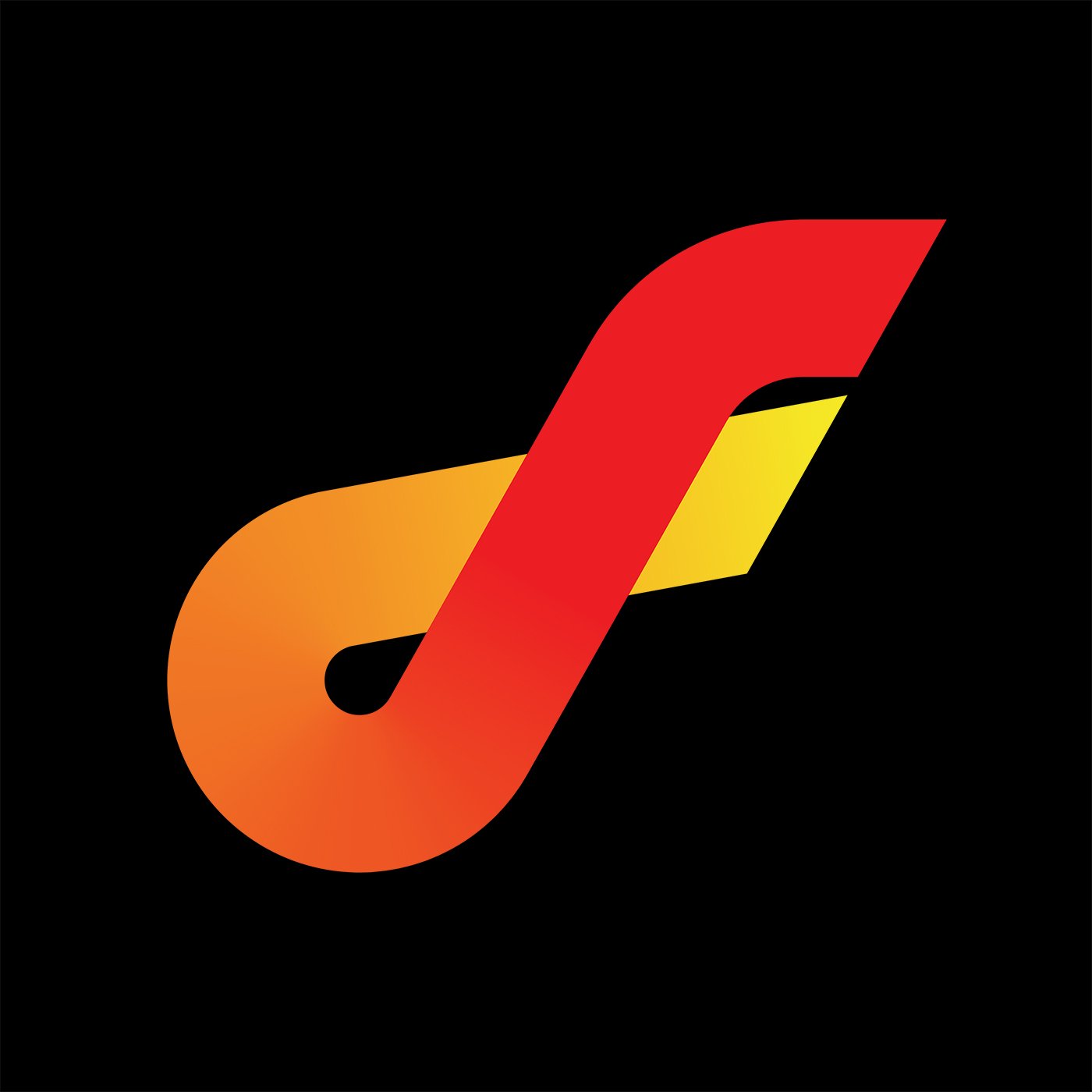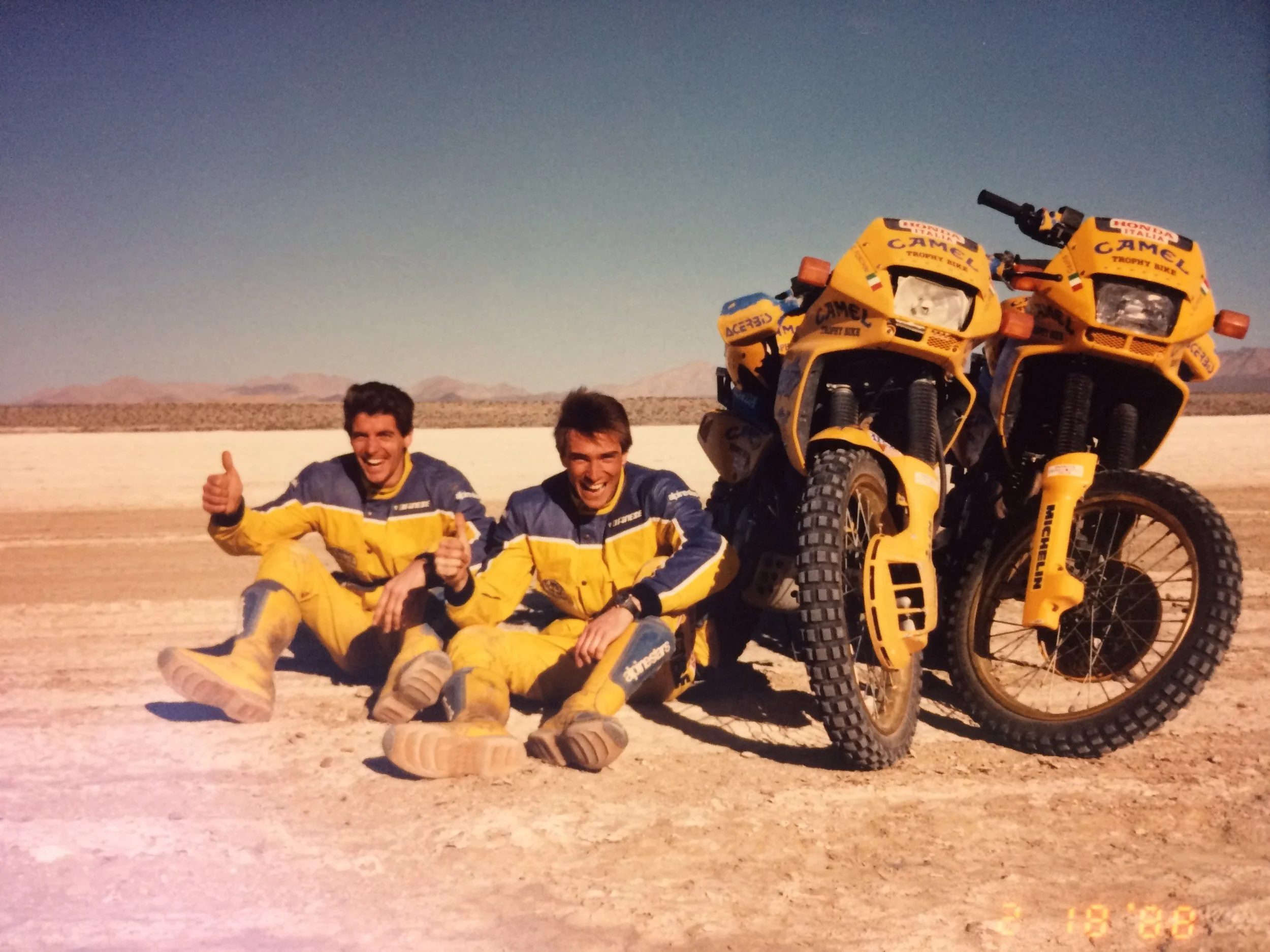
MOTO STORIES
An Italian in Baja
Repsol Honda MotoGP Team Manager Livio Suppo recalls riding in Baja, Mexico, as a participant in the inaugural Camel Trophy Bike.
Since I was very young, I always had a great passion for motorcycles, but it took years to convince my father to buy me a bike. He finally relented when I was 11, but although my sole thought from that point on was racing off-road, my family wasn't as enthusiastic. My only option was to use my own weekly allowance to race, so with almost zero budget, I was limited to the regional enduro championship near my home in Turin, Italy. I never had any great results, but I was able to take part in some of the races.
One day when I was a 23-year-old university student in 1987, I was reading an issue of Moto Sprint (the Italian weekly racing magazine), and I happened across a coupon to try out for an expedition-style off-road event. Started in 1980, the Camel Trophy was a competition between national teams driving Land Rovers, usually in South America or Africa. From the coupon, I learned that Camel Italy, in cooperation with Honda Italy, was planning to introduce a two-wheel version called the Camel Trophy Bike, in part to launch a then-new Honda model called the Dominator (NX650 in the U.S.).
At the time, the four-wheel Camel Trophy was huge in Europe, thanks in part to the success of the Dakar Rally, and I couldn't imagine ever getting to participate. Nonetheless, I decided to fill out the coupon. The perception from the outside was that the Camel Trophy was a pure competition like the Dakar, but in reality it was primarily a promotional event. A series of regional tryouts were held around Italy, and I participated in one at Arsago Seprio, north of Milan. Eventually, I was named among the 10 finalists who in December were sent to the Motor Show, a trade show in Bologna, where we were evaluated in riding tests aboard MTX125s, but also in running races, English speaking, interviews—even a psychological exam!
Livio Suppo (right) with teammate Claudio Foschini on El Diablo dry lake near San Felipe, in Baja, Mexico. Photo by Scott Cox / Resmarket
When all was said and done, I was elated to be selected as one of the two official team members, along with Claudio Foschini, a motocrosser who was 7 years my senior. For sure there were other riders who were faster, but maybe I spoke better English than they did or did better in the interviews—I like to joke that I was lucky to have blue eyes!
When the time came, we flew to California and went to American Honda’s offices in Los Angeles. There, Claudio and I climbed on our Dominators and, accompanied by the Camel Trophy entourage, headed south to the Mexican border, where we crossed over and rode a big loop in Baja. Honestly, it was more of a long tour than a competition, although the format did have us taking part in the Gran Carrera Internacional, a real desert race similar to the Baja 1000—but while everyone else was on 500cc two-stroke motocrossers, we were on our Dominator dual-sport bikes! The course was 1,500 miles long, routing us through Tijuana, Ensenada, San Felipe, Mexicali, and the Glamis sand dunes.
It was a lot of fun, and the Camel Trophy organizers would go on to hold other editions in South America and Africa, although that debut ’88 event was the only time I participated. It was an amazing two weeks that I’ll never forget—my first time in the U.S., and the only occasion I ever had to be a sort of factory rider. Beyond that though, the experience changed my life, as I had the opportunity to meet several people who had a big influence on me: Italian journalists who were traveling with us, Camel P.R. man Francesco Rapisarda (who I went on to work with at Ducati), Honda representative Carlo Fiorani (who I work with now), and Gabriele Mazzarolo, now the owner of Alpinestars and still a good friend. I remember one night we all went out to dinner with Roger De Coster, who was a myth to me. I also met a number of Americans, including marketer/photographer Scott Cox (who was the event's American promoter) and Don Ogilvie. Father of the late Bruce Ogilvie (a talented desert racer who built the effort behind American Honda’s legendary successes in the Baja 1000), Don made a big impression on me by riding much of the course with us at age 62.
Many of those connections, along with my university degree in economics and marketing, which I earned a year later, helped to kick-start my career, and I often gratefully think back to the day when—almost on a whim—I decided to send in that coupon.
Suppo is the Team Principal and Communications and Marketing Director for the Repsol Honda MotoGP team. Have a Moto Story you'd like help telling for free? Email chris@jonnummedia.com
The Zombie Hat Chase
"I was to translate for Rossi’s teammate, American Nicky Hayden... which made my current scenario—stumbling on protesting legs, across the Ducati campus from the studio where the event was set to kick off in minutes—somewhat inconvenient."
Pretty much everybody has had that nightmare where you feel as though you're running through Jell-O, body unable to execute the mind’s desperate pleas to sprint. One day in March of 2012, I found myself experiencing that scenario in real life, lurching down the corridors of Ducati’s Borgo Panigale headquarters like a character from Night of the Living Dead while my brain frantically urged my protesting limbs to turn over. "Chris, where are you?!" my boss's voice boomed through my cell phone. "We're about to start!"
The occasion was the Ducati Team’s 2012 pre-MotoGP season unveiling of the Desmosedici GP12, although the actual team launch had already taken place two months earlier at the gala event known as Wrooom. Once held every January at the Madonna di Campiglio ski resort in the Dolomite region of the Italian Alps, Wrooom was always a golden ticket for journalists, who were fêted for an entire week, with extended sessions of skiing, snowboarding, wining and dining only occasionally interrupted by the odd press conference.
The journalists’ workload for that year’s edition had been particularly light, as the traditional motorcycle unveiling was cut from the program. That move was prompted by then-Ducati Corse boss Filippo Preziosi’s attempt to improve chassis performance following Valentino Rossi’s disastrous 2011 Ducati debut, but while the motivation was laudable, the unveiling’s cancelation gave the event an anticlimactic feel—rather awkward for me as the team’s press officer. It was vital that this new, additional launch be a success.
Valentino and Nicky--both safely behatted--at the 2012 Desmosedici unveiling. (Milagro photo)
Goodness knows enough work had gone into the preparation. Team sponsor TIM (owned by telecommunications company Telecom Italia) was set to livestream the event through their Facebook page--still a relatively ambitious idea back then--and Ducati's marketing department had performed its typically excellent promotional work. Fans were already logging on from around the world, and a select group of VIP guests (mostly executives from various team partners) was seated in the studio at that very moment. Famous Italian comedian Valerio Staffelli would be interviewing the riders on stage, and I was to translate for Rossi’s teammate, American Nicky Hayden. All of which made my current scenario—stumbling on protesting legs, across the Ducati campus from the studio where the event was set to kick off in minutes—somewhat inconvenient.
My body had been much more cooperative the day before, when I competed in the Rome Marathon, setting what is still my personal record over 26.2 miles. On the train ride back to Bologna that night though, my hamstrings began locking up.
“That was a bit more abusive than we were led to believe,” I could imagine my muscles saying. “Hope you’re not expecting much out of us tomorrow...””
At first, I had managed launch day relatively well by carefully minimizing time spent on my feet. In fact, I was seated off-stage in the studio, chatting with the riders while awaiting the green light, when team marketing boss Alessandro Cicognani casually asked, "Nicky, can you please put on your team hat?" When the Kentucky Kid turned to me expectantly, the immediate realization of what I was about to endure made my head swim.
To this day, the memory of that fraught excursion is a blur punctuated by moments of clarity—my bizarre gait as I hurried through the building; the door to the Ducati Corse office requiring multiple swipes of my key card; madly rummaging through a metal cabinet; again staggering through the empty hallways; and finally bursting into the studio with one red flat-brim cap triumphantly in hand, just as the spotlight followed Staffelli onto the stage. I was a bit sweaty and breathless during the subsequent interview with a behatted Nicky, but it was a rare public performance during which my predominant emotion was more relief than nervousness.
Have a Moto story you'd like help telling for free? Email chris@jonnummedia.com



